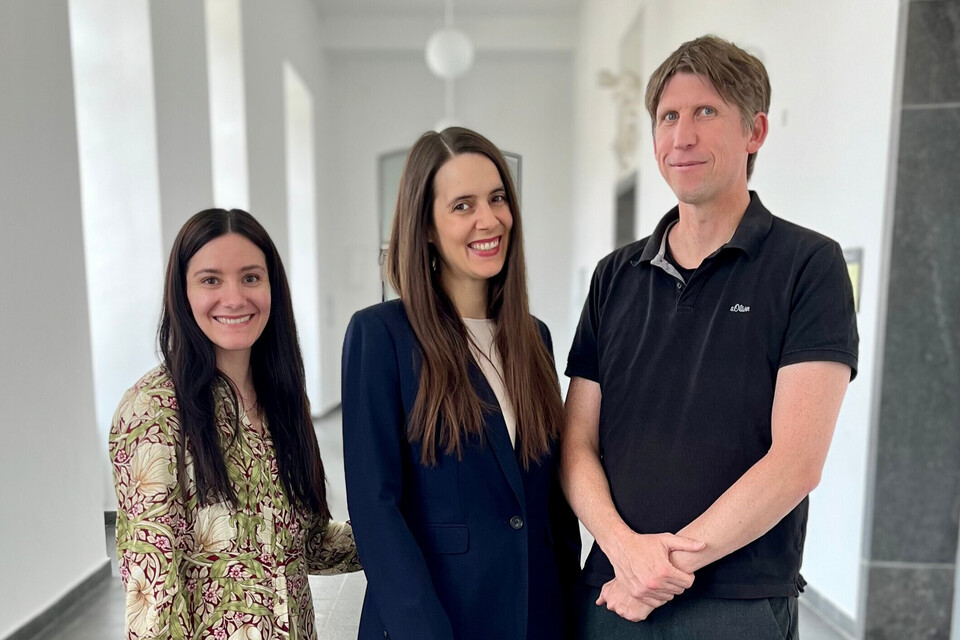Employee personalities in similar occupations become more similar over time

Why do some people stick with an occupation for many years, while others are more likely to move on quickly?
The answer may not lie solely in pay, perks, or even professional development opportunities, but also in something more subtle and personal: whether our personalities fit. The sense of belonging, or lack thereof, can shape not only our job satisfaction but also our long-term career paths.
As the modern workplace evolves, so does our understanding of what it means to find the “right” role. It's no longer just about having the right qualifications or experience. Increasingly, it's also about alignment with values, personality, and ways of working. This has made the concept of “fit” not just a hiring buzzword, but a key factor in whether someone thrives, stagnates, or quickly walks away from a working position.
Using panel data from 2005 to 2017, we explored how our personalities may influence our occupational choices, and vice versa. We derived our sample from the German SOEP, a representative annual survey that has been collecting information on the personal and professional lives of around 20,000 German individuals since 1984.
This includes data on individuals’ occupations, as well as measurements of the Big Five personality traits (openness, conscientiousness, extraversion, agreeableness, and neuroticism). From this data, we measured the similarities between individuals’ occupations, as well as similarities in their personality trait levels, for more than 11,000 employees.
We defined individuals as having similar personalities when they share similar combinations of personality trait levels and occupations as similar when they involve similar tasks and duties. The highest degree of similarity occurs when individuals have identical trait levels and work in the same occupation.
We found that individuals who are more similar in terms of the Big Five personality traits tend to work in more similar occupations. For example, medical doctors exhibit more similar personality profiles to pharmacologists than to gardeners. Furthermore, individuals who work with colleagues whose personality traits vary greatly from their own are more prone to changing their occupation.
Many of us can probably relate to, or at least understand, the idea that it’s more difficult to work in a job that requires us to engage daily in behaviors that conflict with our personality. It’s generally much easier to perform tasks that suit our unique traits. When someone’s personality differs significantly from those who typically thrive in an occupation, they may experience a sense of misfit with the environment, which can also make it harder to connect with colleagues.
But what happens if that individual decides to remain in that occupation, despite having a different personality from their colleagues?
Our research reveals that the longer individuals remain in an occupation, the more their personality traits change to become more similar to those of others in similar occupations. This suggests a dynamic, bidirectional interaction between personality and occupation: while personality can influence our chosen occupation, the occupation in turn can shape our personality.
This suggests that vocational choices are determined not only by skills and interests but also, at least in part, by how well a person's personality aligns with the typical profile associated with that occupation.
As organisations are systems that include occupations of varying similarity, these findings present relevant implications for HR practitioners. As our work demonstrates that individuals whose personalities differ more from those of others in the same occupation are more likely to leave that occupation, this could help organisations better assess the factors contributing to attrition risk, allowing HR practitioners to make more informed hiring decisions and manage the workforce more effectively.
Our results also apply to vocational counselling. Beyond assessing single trait levels, evaluating similarities in combinations of personality traits among individuals could be useful in helping individuals select suitable occupations, while avoiding those that are perhaps less suited to their personality.
However, by indicating that those staying in similar occupations develop more similar personality profiles over time, our research could also encourage individuals to pursue occupations even if they do not initially exhibit some of the traits traditionally associated with the role.
This is perhaps particularly relevant for underrepresented groups or those changing careers who may feel discouraged by stereotypes about “ideal” personalities in certain fields they are interested in pursuing. Rather than opting out, they might consider whether long-term fit is possible.
Although initial dissimilarities in traits tend to diminish over time as individuals stay in similar occupations, should individuals still wish to change occupations, our research can guide them toward roles more similar to their previous ones, thereby reducing the costs associated with personality adaptation.
On the whole, our research suggests that HR practitioners and vocational counsellors should consider personality as one of the many important factors influencing occupational outcomes, alongside organisational culture, individuals' skills, and career aspirations. Since the effects of personality on occupational choices tend to be small, both in our research and in other studies, the consideration of these other factors remains essential. Yet, while personality is just one piece of the puzzle, it offers valuable insights into how individuals experience work, and how workplaces, in turn, shape the individuals within them.